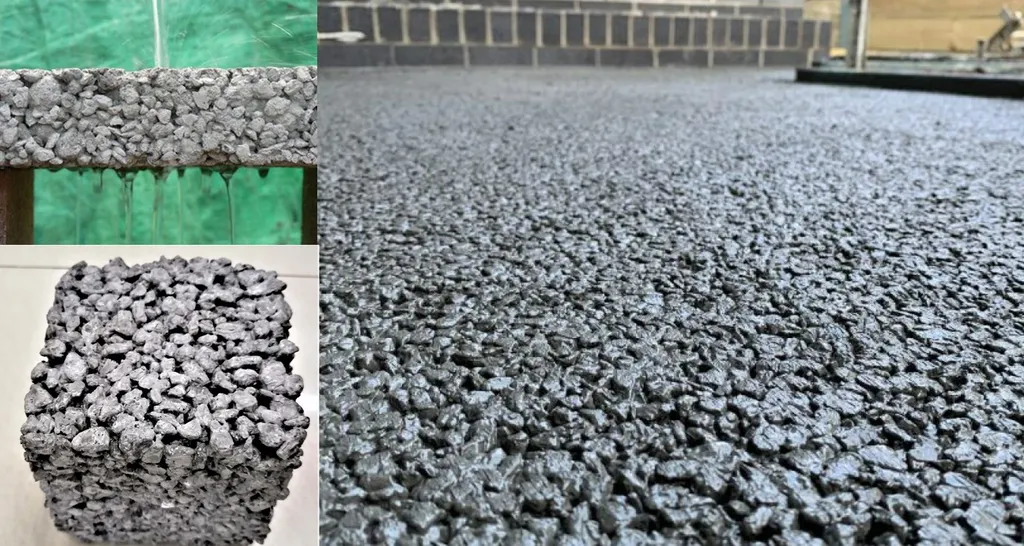In the quest for sustainable urban infrastructure, a material that has been gaining traction is pervious concrete (PC), celebrated for its role in stormwater management and groundwater recharge. However, its widespread adoption has been hampered by its inherent weakness: low mechanical strength. A recent review published in *Results in Engineering* (translated to English as *Engineering Results*) sheds light on innovative strategies to bolster the strength of pervious concrete, potentially revolutionizing its use in construction and energy sector applications.
Led by Rahesh Hari, a Research Scholar at the Department of Civil Engineering, Amrita School of Engineering, Coimbatore, and an Assistant Professor at the Rajagiri School of Engineering and Technology, Kochi, the review synthesizes a plethora of studies focused on enhancing the mechanical properties of pervious concrete. “The challenge has always been to strike a balance between strength and permeability,” Hari explains. “Our review highlights recent advancements that are successfully addressing this trade-off.”
The review delves into the transformative impact of supplementary cementitious materials (SCMs) such as fly ash and silica fume, as well as nanomaterials like nano-silica, carbon nanotubes (CNTs), and graphene oxide. These additives not only enhance the strength of pervious concrete but also contribute to its sustainability. “The inclusion of recycled aggregates like crushed glass and reclaimed concrete is a game-changer,” Hari notes. “It’s not just about improving performance; it’s about doing so in an environmentally responsible manner.”
One of the most compelling aspects of the review is its emphasis on quantitative paradigms, such as predictive modeling and optimization techniques. These data-driven approaches enable the refinement of concrete compositions and support real-time decision-making for practical applications. “We’re seeing a shift towards more analytical and precise methods in mix design development,” Hari says. “This is crucial for the commercial viability of pervious concrete in large-scale projects.”
The energy sector, in particular, stands to benefit from these advancements. Pervious concrete’s ability to manage stormwater effectively can mitigate flooding risks around energy infrastructure, while its potential to reduce urban heat islands can lower cooling costs for buildings and facilities. “The implications for the energy sector are significant,” Hari explains. “By enhancing the strength and durability of pervious concrete, we can create more resilient and sustainable energy infrastructure.”
The review also outlines key research gaps, including the need for long-term performance studies under diverse environmental conditions and comprehensive environmental impact assessments of advanced additives. “There’s still much to explore,” Hari acknowledges. “But the progress we’ve seen is promising and points towards a future where pervious concrete plays a pivotal role in sustainable construction.”
As the construction industry continues to evolve, the insights from this review could shape future developments in material science and engineering. By integrating material modifications with data analytics, researchers are paving the way for pervious concrete to become a mainstream choice in construction projects, offering both environmental and economic benefits. With the findings published in *Results in Engineering*, the stage is set for a new era of innovation in sustainable construction materials.

